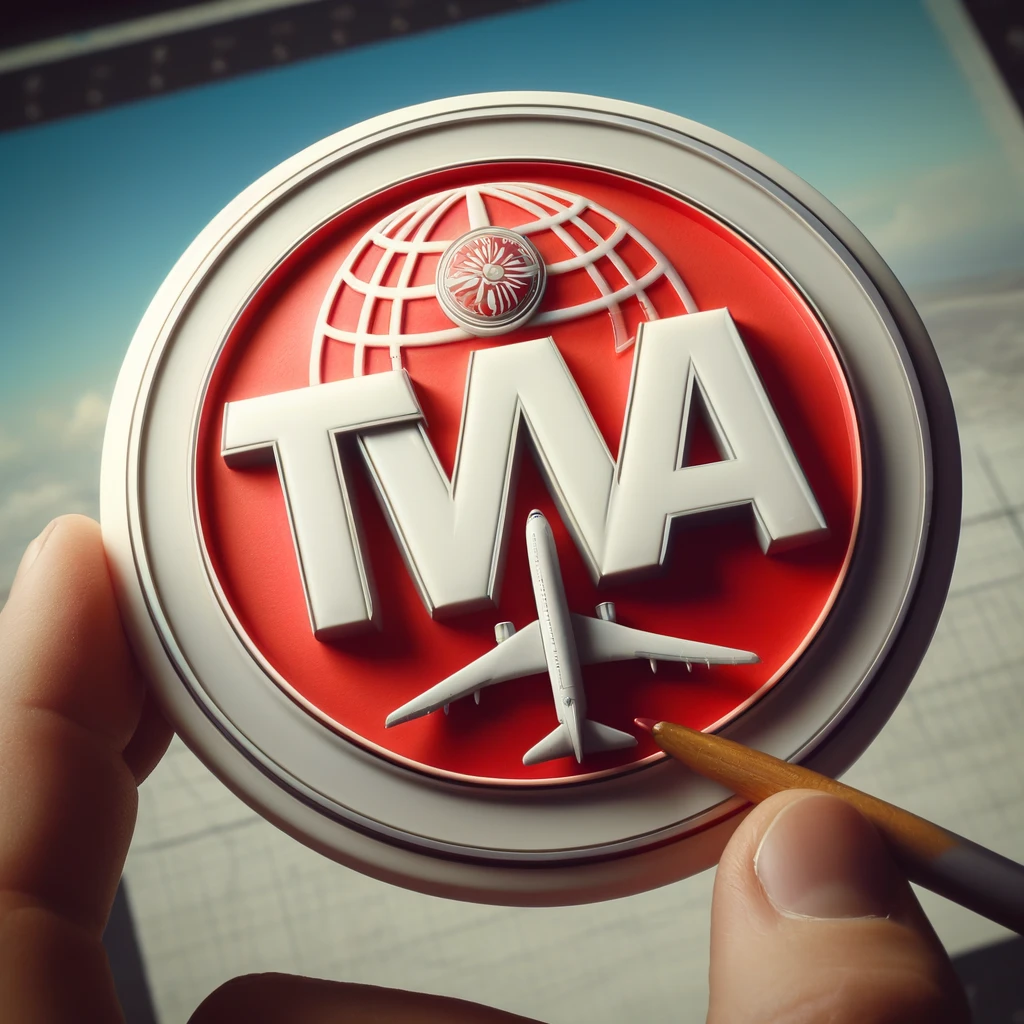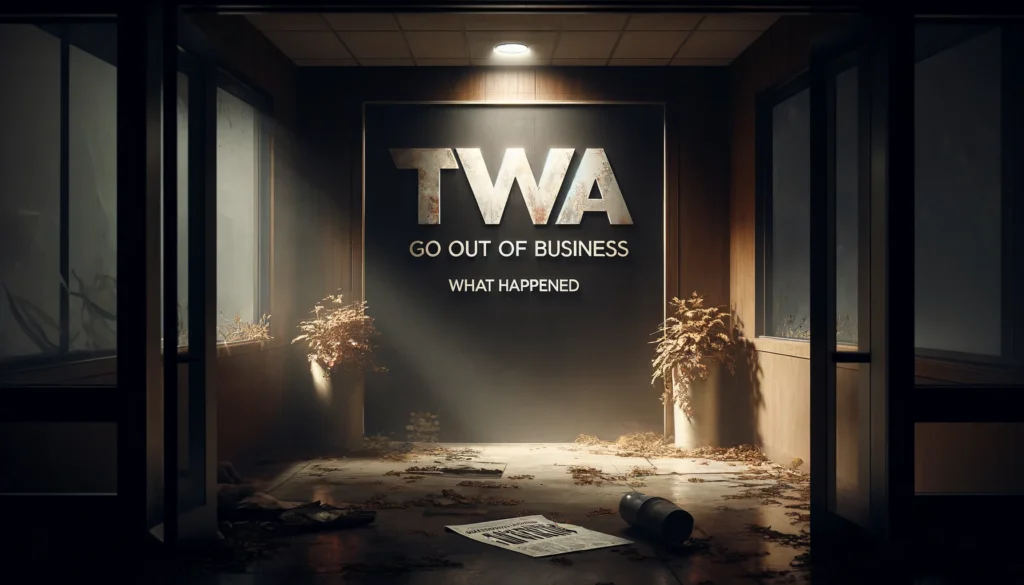Born in the heart of Early 1930, on the dancing sound of motors and with the dream of the pioneers of aviation, Trans World Airlines (TWA) came to light. Its inception wasn’t merely the starting point of another airline; it was the origin of an era when TWA became acknowledged for being at the forefront of innovation, luxury, and making air travel accessible to all.
Trans World Airlines (TWA) was formed as a result of a merger between Western Air Express and Transcontinental Air Transport, initially known as Transcontinental & Western Air (T&WA). With aviation pioneer Howard Hughes acquiring a majority stake in 1939, the airline entered a golden era of innovation. Under his leadership, TWA expanded internationally, launching transatlantic routes to Europe and beyond.
Now let’s discuss in detail “When & why Did Twa Go Out of Business”, and all the reasons behind its fall.
What happened to Twa Airlines: why did Twa go out of business
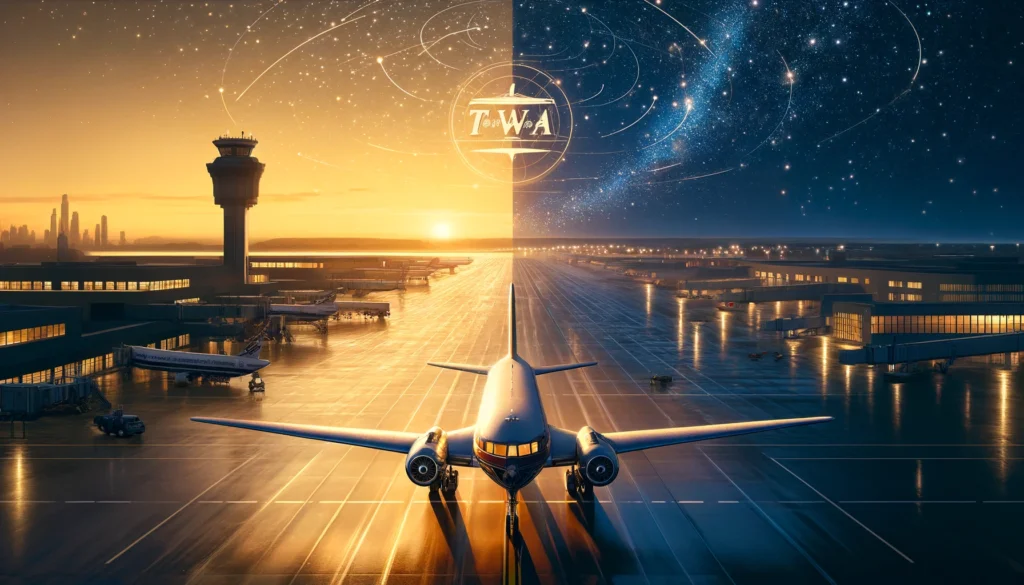
Trans World Airlines (TWA), one of the world’s top airlines of its time, experienced disrepute as it encountered several challenges that eventually made it suitable for acquisition by American Airlines in 2001. Furthermore, we will unravel the diversity of factors that led to TWA’s decline and retrace the complex and mesmerizing path that the organization walked from the peak of its prominence in the airline industry to its bankruptcy.
Economic and operational difficulties
- The Burden of Deregulation: At the end of the 1970s and the beginning of the 1980s, the aviation industry was entirely deregulated, with a new stage of rivalry and struggle for market shares. In the case of TWA, the company had trouble adapting to a transformed environment, In 1978, the Airline Deregulation Act was passed, drastically changing the competitive landscape. The deregulation removed government control over fares, routes, and market entry, allowing a surge of low-cost carriers to compete with established airlines like TWA. This significantly impacted TWA’s profitability and market share, as they struggled to adjust to the new business environment. which could not stop the drop in its profits and market share. TWA faced stiff competition from rivals like Pan American World Airways (Pan Am), which led to aggressive strategies for global expansion. Both airlines battled for dominance in the international market, resulting in TWA’s expensive acquisition of new jet aircraft, including Boeing 747s, pushing the airline deeper into debt
- Fuel Prices and Operational Costs: The Arab Oil Embargo of the 1970s and the rapid inflation in fuel prices during that period significantly increased TWA’s operational costs. Additionally, a large and relatively expensive fleet of newly ordered aircraft was another major cause. That resulted in expanding the financial burden of the airline even more. Therefore, the fuel crisis of the 1970s, particularly the Arab Oil Embargo, skyrocketed operational costs for airlines, including TWA. The cost of fuel, coupled with the high maintenance of a large, aging fleet, put enormous financial strain on TWA, further exacerbating its debt problems
Million-Dollar Mistakes and the Hiring or Firing of Chief Executives
- Fleet Expansion and Debt: Moreover, with the continuous struggle for leadership, TWA went forward and created a disaster approach to fleet and equipment expansion, starting with the acquisition of the Boeing 747. Additionally, rivalry with Pan Am ended up in a surplus capacity situation. Bankruptcy proceedings followed due to tremendous debt that the airline could not repay due to the TWA drop in operational service.
- Ownership and Leadership Changes: The takeover of TWA by Carl Icahn back in 1985 was the most controlled time in TWA’s history. His mistaken management style, including selling TWA assists and exiting the old routes, is one of the burdens to TWA’s sustainability. Additionally, the famous Karabu ticket deal was another disastrous move by Carl Icahn, which let U.S. citizens buy TWA tickets at seemingly significantly discounted rates and resell them. Consequently, the airline’s revenue base also suffered. This deal eroded TWA’s revenue stream and marked one of the most controversial management decisions in its history
When Did TWA Go Out of Business: The Final Decade of TWA
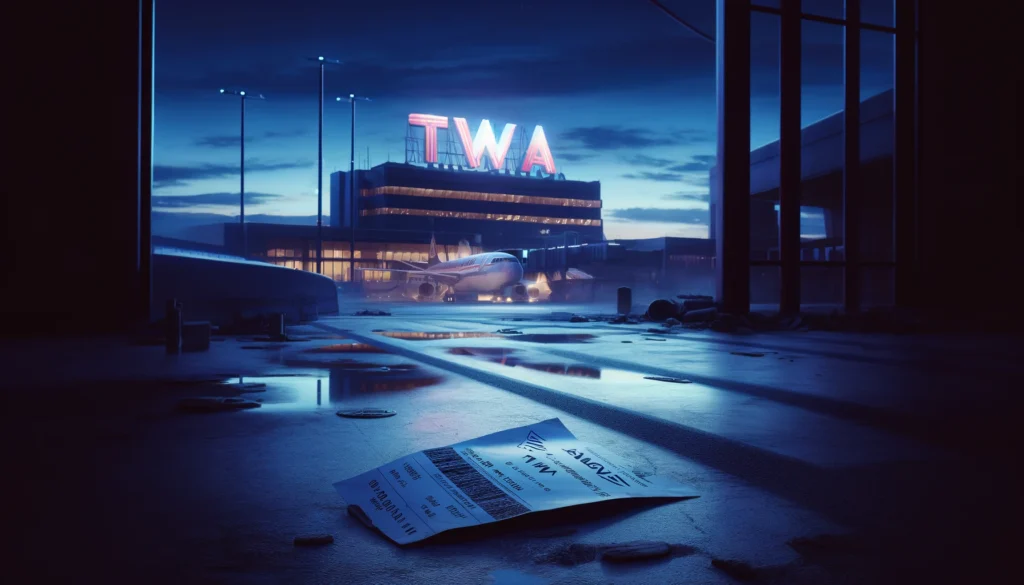
The TWA Flight 800 Disaster:
17 July 1996 night became the dark day for the aviation industry. The end of crew & passengers of TWA Flight 800, in a Boeing 747 that route to Paris, reported an explosion in the air, and shortly after the explosion, the plane crashed into the Atlantic Ocean. And that exactly happened right after taking off from John F. Kennedy International Airport. This particular tragedy had 230 fatalities with the crew and passengers aboard, making it one of the most major aviation causalities of all time. The investigation led by the National Transportation Safety Board (NTSB) concluded that the likely cause was a spark in the fuel tank, leading to the explosion. This incident not only caused a loss of public confidence but also imposed higher safety costs on TWA, adding to their financial struggles
The disaster of Flight 800 was not just the heavy price of 230 lives. Furthermore, it significantly destroyed the image of TWA operational safety, which TWA was known for. And that dramatically reduces the public trust in TWA Airlines, causing even more drop in TWA operations.
However, leading to further in-depth analysis by the National Transportation Safety Board (NTSB) on this incident signifies that the probable cause of the accident was most likely a spark within a fuel tank that resulted in the blast. These catastrophes triggered many positive needs for aviation safety protocols and fuel tank design features.

Twa Bankruptcy and Restructuring Efforts:
TWA pursued bankruptcy three times, first in 1992, then again in 1997, and finally in 2001, respectively. All the restructuring attempts to get TWA back to business, including cost-cutting measures, workforce reductions, and trying to add a new route network, turned off to be a short-term relief to the TWA.
Twa Acquisition by American Airlines:
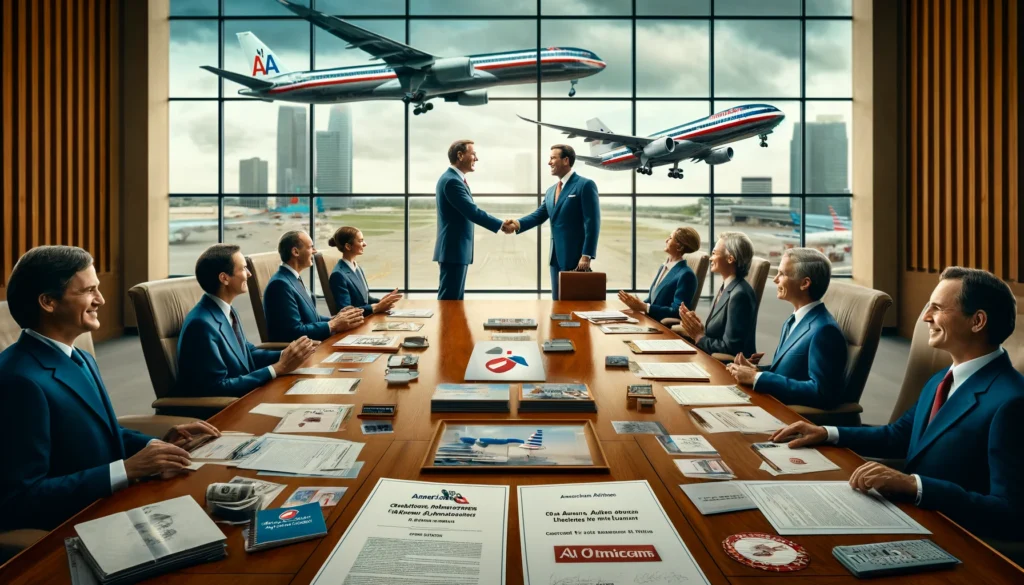
Through 2001, TWA faced all the financial struggles that couldn’t generate sustainable solutions without money and support. That finally led to the TWA auction, and in 2001, TWA Airlines was bought & overtaken by American Airlines. That was the end of Trans World Airlines (TWA), but with this, they secured TWA’s activities, assets, and company from defaulters. Although TWA ceased operations, its legacy remains an iconic chapter in American aviation history, remembered for pioneering international flights and luxury air travel
In-Depth Insight: Twa Challenges and Strategic Responses
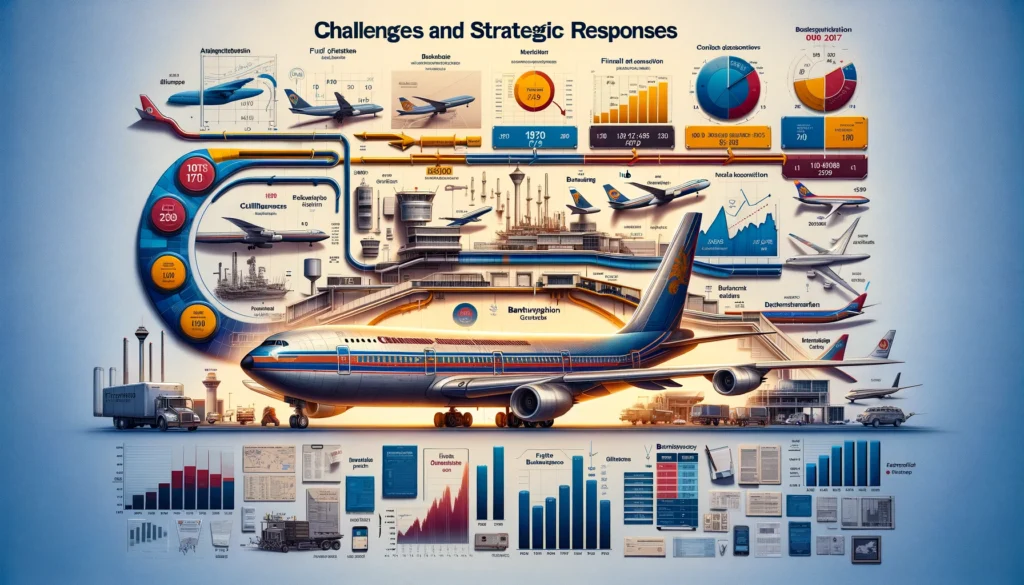
| Era | Challenges | Strategic Responses | Outcome |
| 1970s | Fuel crises, economic downturn, deregulation | Fleet downsizing, global expansion | Short-term relief, long-term financial strain |
| 1980s | Intense competition, deregulation aftermath | Hub consolidation, operational efficiency initiatives | Stabilization, yet under increased debt burden |
| 1990s | Financial instability, Karabu agreement | Fleet modernization, cost reduction strategies | Bankruptcy filings, search for sustainable solutions |
| The early 2000s | Third bankruptcy, acquisition discussions | Negotiation with American Airlines for acquisition | Integration into American Airlines, cessation of independent operations |
TWA Legacy and Its Reflections
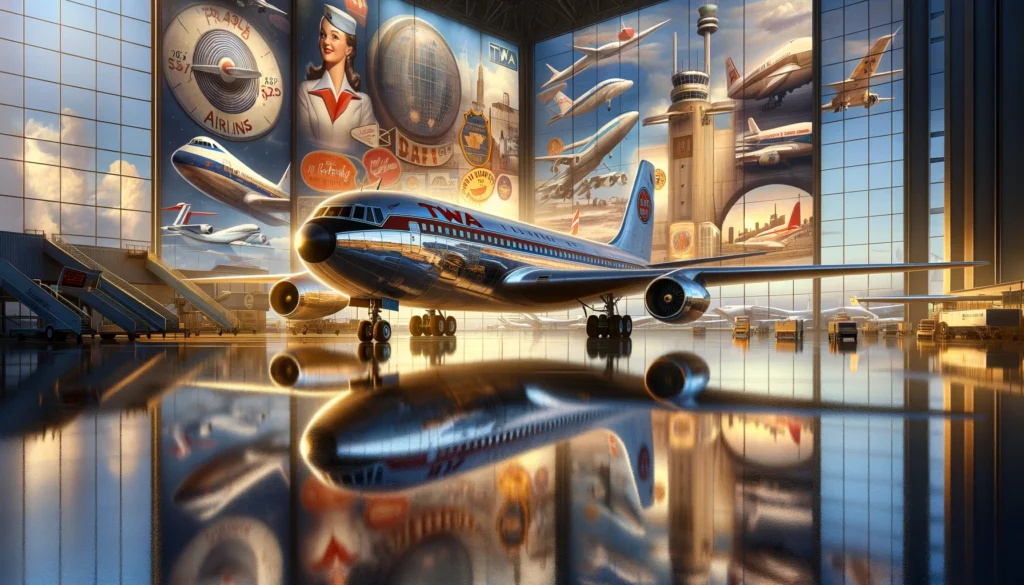
TWA’s journey to oblivion is not only a distressing story of a company that could not figure out how to overcome the complicated Global turmoil and business competition. That is a lesson that emphasizes the requirements of strategic foresight, adaptability in the sky, and the red flags for wrong decisions of airline managers in the turbulent aviation industry. Despite its eventual downfall, TWA made significant contributions to the aviation industry, such as being one of the first airlines to introduce in-flight entertainment. It was also a leader in luxury travel, offering sleeper compartments and gourmet meals, making air travel more accessible and glamorous
In 2001, TWA’s company was merged into American Airlines, with all of its Aircraft and assists integrated with the global operations of American Airlines. However, its legacy still triggers elite debates on air industry dynamics, such as the factors determining the growth and diminution of its leading players.
TWA Logo
